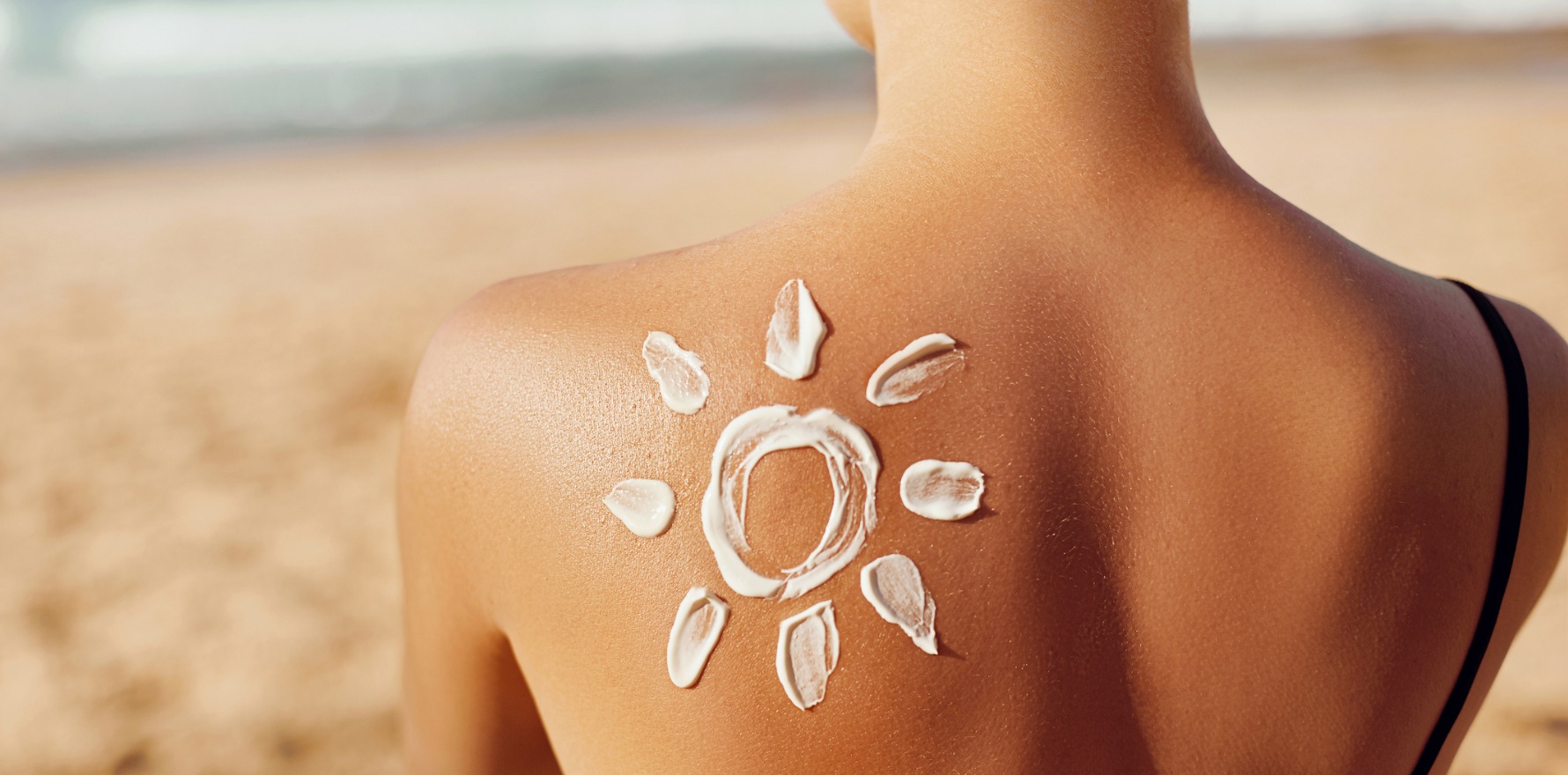15 May 2024
TGA adopts updated sunscreen standard

The new standard comes into effect for new products added to the ARTG from July 1.
“Everybody’s Free (To Wear Sunscreen [that meets Australian/New Zealand Standard (AS/NZS) 2604:2021])” – Baz Luhrmann
Earlier this year the TGA announced it will adopt the 2021 Sunscreen Standard into legislation, meaning all new sunscreens added to the Australian Register of Therapeutic Goods from July 1 must comply with the new standard.
The key changes in the new Sunscreen Standard are:
- Adopting the International Organization for Standardization standards ISO 24444:2019 (designed to increase the accuracy of identifying the SPF of a product), ISO 24443:2021 (introducing new, more rigorous testing methods to determine a product’s level of UVA protection) and ISO 16217:2020 (which relates to determining the SPF of a product after water immersion).
- A new flow chart to help product sponsors determine what part of the standard applies to primary and secondary sunscreens.
- The introduction of specific labelling instructions for applying aerosol and spray pump sunscreens (i.e., how much sunscreen to use, not to spray on the face or in windy conditions).
The ARTG classifies sunscreens as either primary or secondary sunscreen products. Primary sunscreens are products primary marketed as being able to protect the skin from UV radiation. Secondary sunscreens are marketed as having a different primary function (e.g., moisturising, anti-aging, anti-wrinkle or skin whitening) while also providing some levels of protection against UV radiation.
Whether a product is a primary or secondary sunscreen has a big impact in terms of the Sunscreen Standard, as the TGA regulates all primary sunscreens but only some secondary sunscreens.
Sunscreen products included in the registry prior to July 1 of this year will be given a one-year transition period to comply with the new Standard’s labelling requirements, and a 5-year transition period to comply with either the new or previous Standard’s testing requirements.
This timeframe was selected on the back of industry recommendations that a shorter transition period “would cause testing and supply pressures and potential shortage of sunscreens in the peak sunscreen season” due to there only being one accredited laboratory in Australia offering full sunscreen testing.
“The primary objective of [the] adoption of the 2021 Sunscreen Standard is to ensure consistency with testing and labelling instructions, domestically and internationally, which go together with better health outcomes for Australians,” the impact analysis for the proposed adoption of the new standard read.
Australia has one of the highest rates of skin cancer in the world, which places a huge burden on our nation’s healthcare system. Skin cancer has the largest cancer-related health expenditure – a cool $1.6 billion in 2018-19 – making it the most expensive cancer to treat in the country, surpassing breast, prostate or lung cancer.
“Successful adoption would see all therapeutic sunscreens compliant with the testing and labelling instructions of the 2021 Sunscreen Standard and a decrease in the incidence and mortality rates for skin cancer in Australia,” the impact analysis concluded.

